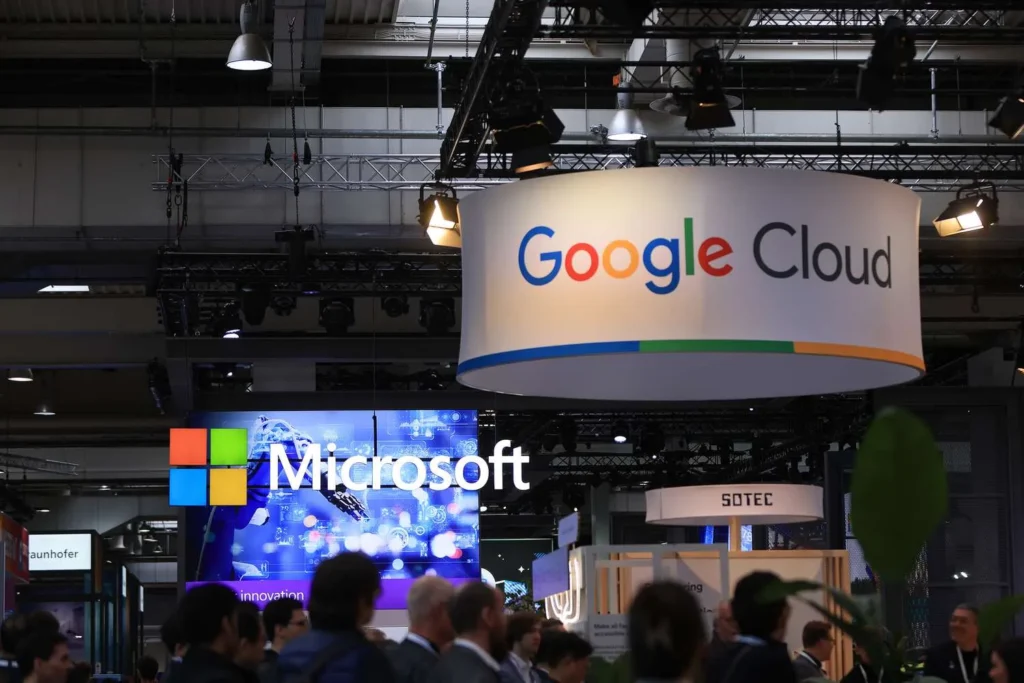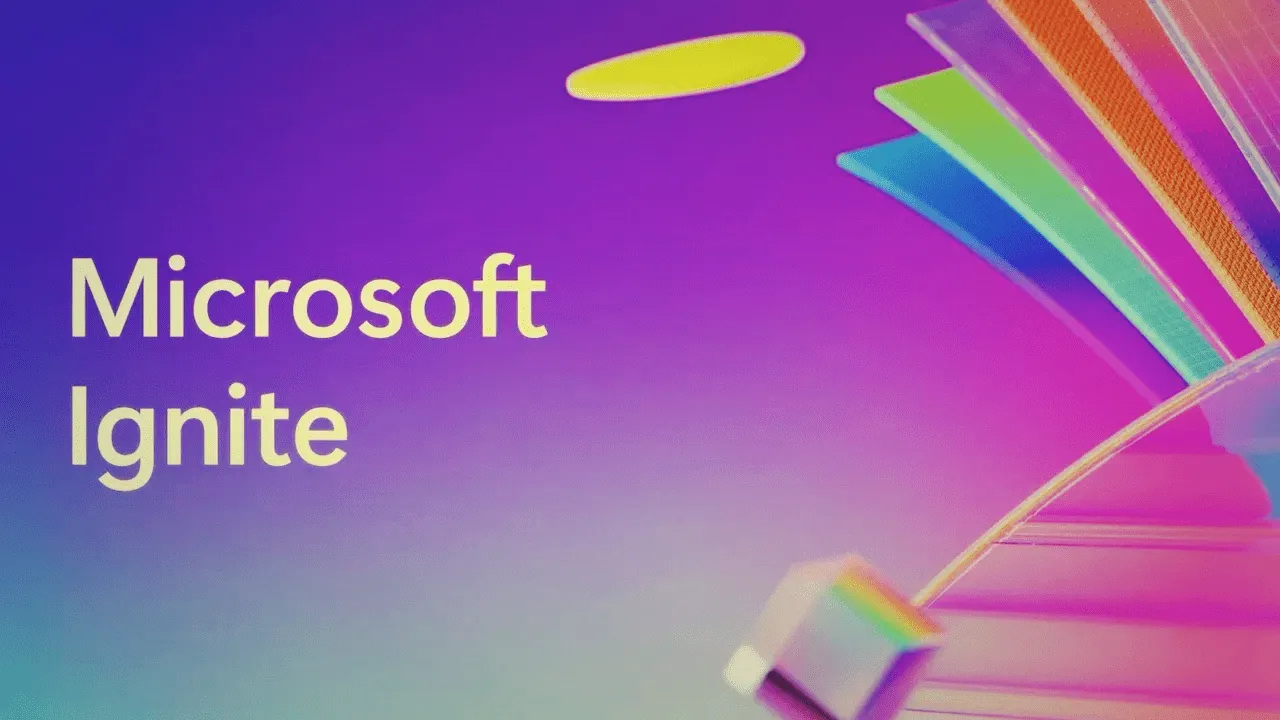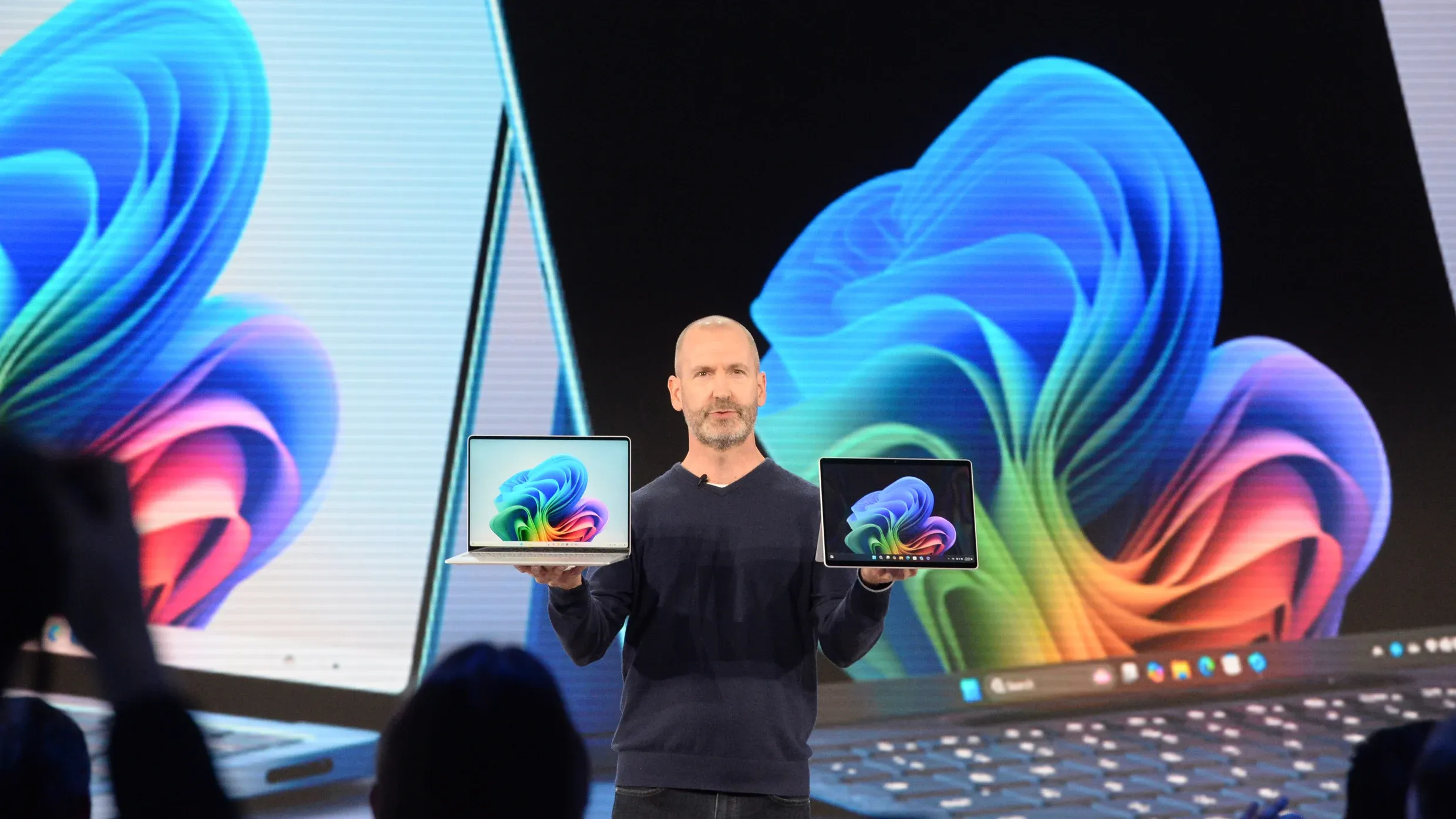
In the digital age, where data breaches and cyberattacks are increasingly common, two-factor authentication (2FA) has been heralded as a crucial layer of security. However, recent developments have exposed vulnerabilities even in this robust security measure. Users of major platforms like Google and Microsoft need to be aware of emerging threats such as FlowerStorm and the previously patched AuthQuake, which highlight the evolving tactics of cybercriminals.

FlowerStorm: A Continuation of the 2FA Exploit Saga
Initially reported by Davey Winder of Forbes, the FlowerStorm exploit represents a significant concern for the cybersecurity community. This new threat has surfaced shortly after the disruption of Rockstar 2FA, a service known for facilitating bypass attacks. According to researchers from Sophos, FlowerStorm shares several characteristics with its predecessor, indicating that this might be an evolution rather than a completely new threat. The use of plant-related terms in phishing page titles and similar backend connections suggest a sophisticated adaptation by cybercriminals to continue exploiting 2FA systems.
Sophos X-Ops principal threat researcher Sean Gallagher and Mark Parsons, a threat hunter, observed a surge in FlowerStorm activity following the decline of Rockstar 2FA. Their findings suggest that as old threats are mitigated, new ones quickly rise to take their place, exploiting similar vulnerabilities in 2FA implementations.
AuthQuake: A Wake-Up Call for Microsoft Users
While FlowerStorm poses a current threat, the AuthQuake vulnerability serves as a stark reminder of the potential flaws in 2FA systems. Discovered by researchers at Oasis Security, AuthQuake exploited a simple yet effective loophole in Microsoft’s 2FA setup that allowed attackers to bypass the authentication process. This vulnerability, which could be exploited with a high rate of success within a short time frame, was particularly alarming because it required no user interaction and generated no alerts.

Microsoft has since patched this vulnerability, but the incident underscores the ongoing challenges in securing authentication systems against determined adversaries. Jason Soroko, a senior fellow at Sectigo, stressed the importance of organizations moving towards passwordless authentication solutions to counter these vulnerabilities.
Mitigation and Future Steps
In response to these threats, both Google and Microsoft have reinforced their security protocols. Google, for example, has advocated the use of security keys, which provide a stronger defense against automated bots and phishing attacks. These keys are part of a broader strategy to implement more resilient forms of 2FA, such as passkeys, which aim to minimize the risks associated with conventional 2FA methods like SMS or app-based codes.
As cyber threats evolve, the importance of staying informed and prepared cannot be overstated. Users are advised to remain vigilant for phishing attempts and to adopt the most secure authentication methods available. Companies must continue to innovate and improve their security measures to stay ahead of cybercriminals, ensuring that 2FA remains an effective component of their cybersecurity arsenals.

In conclusion, while 2FA is an essential security feature, it is not infallible. The emergence of threats like FlowerStorm and the revelations from the AuthQuake incident are crucial reminders of this reality. For Google and Microsoft users, as well as the broader digital community, these developments serve as a call to bolster their digital defenses and remain vigilant in a landscape where cyber threats are constantly evolving.
